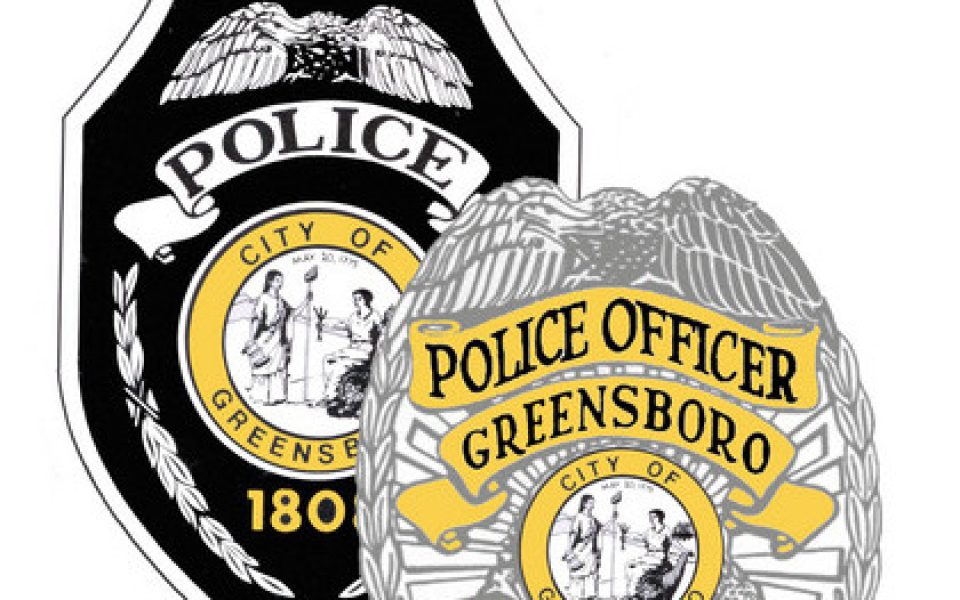The 36 new police recruits who graduated from the Greensboro Police Academy this morning are already playing a role in changing the police department.
An impressive 41.7 percent of the new recruits are people of color, most of them black. That’s significantly higher than the number of sworn officers of color in the Greensboro Police Department — just 26.6 percent, compared to 65.1 percent of officers who are white men.
This year’s numbers are slightly down from the 2015 recruitment class, 43.7 percent of which were people of color, though due to a slightly larger class size this year, there is actually one more recruit of color than the 14 police academy graduates in 2015. Both figures are up significantly from the 2014 graduate numbers, a meager 29.6 percent of 27 recruits, a figure that is still higher than the department’s current demographics for sworn officers.
The city of Greensboro is 40.6 percent black, according to the latest Census data from 2010, and less than half of the city’s residents are white.
Early last year, the civil rights division of the US Justice Department and the US Equal Employment Opportunity Commission published a piece on diversity in law enforcement following an uprising in Ferguson, Mo. finding that, “any consideration of policing effectiveness is incomplete without attention to who our police officers are, as well as whether the police force reflects the community that its officers are sworn to serve.
“Although workforce diversity alone may not resolve all issues related to the fairness and effectiveness of policing,” it continued, “achieving diversity in law enforcement agencies can increase trust between those agencies and the communities they serve.”
Naari Honor contributed to this report.
Join the First Amendment Society, a membership that goes directly to funding TCB‘s newsroom.
We believe that reporting can save the world.
The TCB First Amendment Society recognizes the vital role of a free, unfettered press with a bundling of local experiences designed to build community, and unique engagements with our newsroom that will help you understand, and shape, local journalism’s critical role in uplifting the people in our cities.
All revenue goes directly into the newsroom as reporters’ salaries and freelance commissions.


The seemingly missing .10 in the census represent the collective big mouth the city doesn’t want to hear.